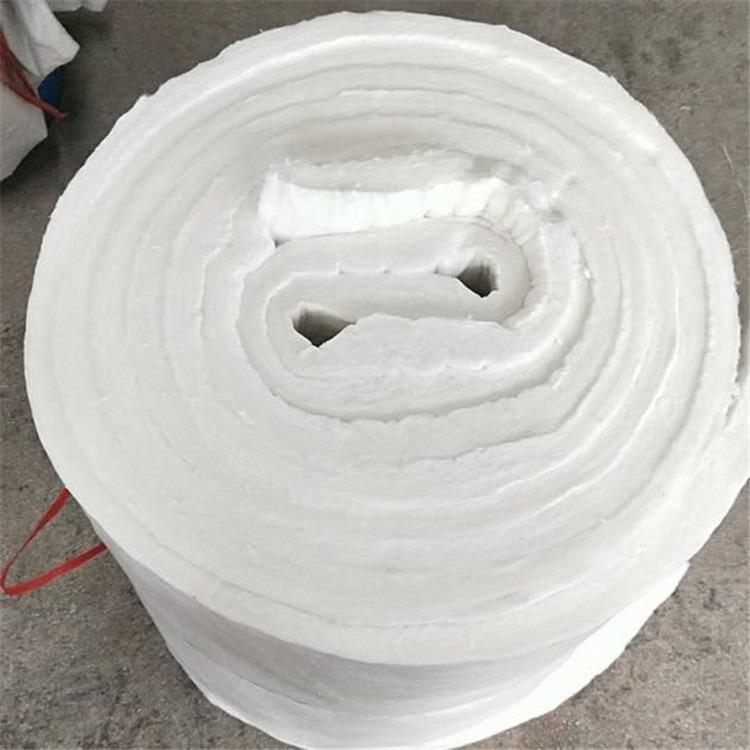
Choosing the right insulation material is critical for improving energy efficiency in industrial applications, especially in high-temperature environments such as kilns and furnaces. The High-Temperature Ceramic Fiber Insulation Blanket, developed by Zhengzhou Rongsheng Refractory Materials Co., Ltd., offers a superior solution to reduce heat loss and enhance thermal performance. This article explores the technical characteristics, application benefits, and real-world performance of this advanced insulation material.
The ceramic fiber insulation blanket is composed of high-purity alumina-silica fibers, which provide excellent thermal stability and low thermal conductivity. It can withstand temperatures up to 1260°C (2300°F), making it ideal for use in industrial kilns, ovens, and other high-heat applications. Its thermal conductivity is typically around 0.045 W/m·K at 400°C, significantly lower than traditional insulation materials like mineral wool or refractory bricks.
| Property | Value |
|---|---|
| Thermal Conductivity (at 400°C) | 0.045 W/m·K |
| Max Operating Temperature | 1260°C (2300°F) |
| Thickness Range | 10mm - 50mm |
| Weight per Square Meter | 1.2 - 2.5 kg/m² |
The insulation blanket features an aluminum foil backing that enhances its durability and provides a reflective surface to further reduce heat transfer. This design not only improves thermal efficiency but also makes the material easier to handle and install. Unlike rigid refractory panels, the flexible ceramic fiber blanket can be easily cut and shaped to fit complex equipment structures, reducing labor costs and installation time.
Additionally, the material has passed international certifications including ISO 9001 and CE, ensuring compliance with global quality and safety standards. These certifications make it a reliable choice for manufacturers looking to meet stringent environmental and operational requirements.
In a recent case study involving a steel production facility in China, the adoption of the high-temperature ceramic fiber insulation blanket led to a 18% reduction in energy consumption over six months. The improved insulation reduced heat loss from the furnace walls, resulting in faster heating cycles and lower fuel usage. This not only lowered operating costs but also contributed to a more sustainable manufacturing process.
Another example comes from a glass manufacturing plant where the material was used to insulate the melting chamber. The result was a significant decrease in temperature fluctuations, leading to more consistent product quality and fewer production delays.
With its combination of high thermal resistance, ease of installation, and long service life, the high-temperature ceramic fiber insulation blanket is an ideal choice for industries seeking to improve energy efficiency and reduce maintenance costs. Its lightweight design also makes it easier to transport and store, offering additional logistical advantages.
For companies aiming to optimize their industrial processes and achieve sustainability goals, this material represents a smart investment in both performance and cost savings.

Whether you are upgrading existing equipment or designing new systems, selecting the right insulation material is a crucial step in achieving better energy performance. With its proven track record and technical excellence, the high-temperature ceramic fiber insulation blanket is a powerful tool in your industrial efficiency strategy.
Discover how our high-temperature ceramic fiber insulation blankets can help you reduce energy consumption and enhance operational performance. Get in touch with us today to learn more about the best solutions for your specific application.
CTA-TEXT










